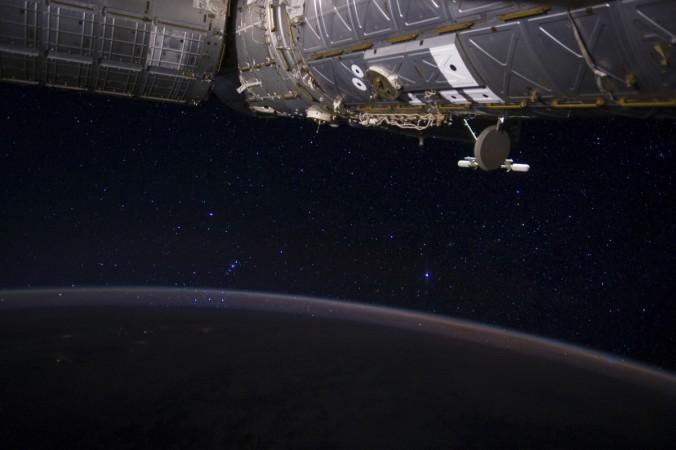
NASA has stated that 100 million worlds within our Milky Way galaxy might be hosting alien lives, which would be discovered within two decades.
The space agency outlined a plan to hunt for alien life, using the current telescope technology during a meeting at the Washington headquarters on Monday. The team of scientists will be launching what has been called Transiting Exoplanet Surveying Satellite in 2017, in a bid to explore the greater depths of the universe in search for lives beyond earth.
The NSA administration and scientists are now sure that humans will be able to prove that we are not alone, within the next 20 years or so.
"Just imagine the moment, when we find potential signatures of life. Imagine the moment when the world wakes up and the human race realizes that its long loneliness in time and space may be over - the possibility we're no longer alone in the universe," CBS quoted Matt Mountain, director at the Space Telescope Science Institute in Baltimore, who is planning to launch the James Webb Space Telescope in 2018.
"What we didn't know five years ago is that perhaps 10 to 20 percent of stars around us have Earth-size planets in the habitable zone," Mountain continued. "It's within our grasp to pull off a discovery that will change the world forever."
The estimate that 100 million worlds within our Milky Way galaxy are capable of sustaining alien life is derived from a "conservative" calculation on the 17-billion Earth-sized worlds the scientists claim to be orbiting the 100 billion stars in the galaxy.
Various technology present both on the ground as well as in space - including the Hubble Space Telescope, the Kepler Space Telescope and the Spitzer Space Telescope - will be able to find if there is water in a particular planet - an essential sign of the possibility of alien life.
"I think in the next 20 years we will find out we are not alone in the universe," said NASA astronomer Kevin Hand, who suggested that alien life may exist on Jupiter's moon Europa.
















